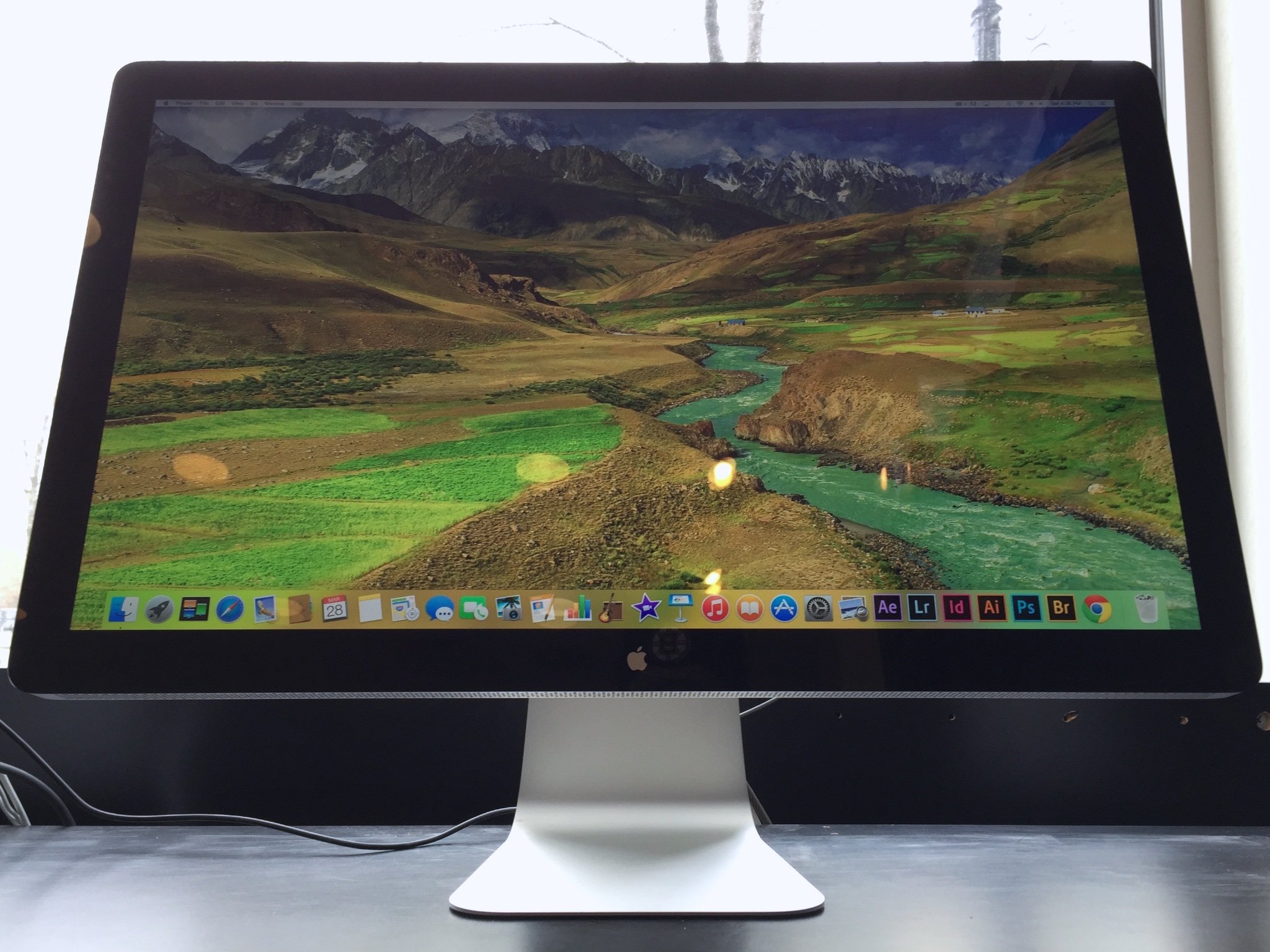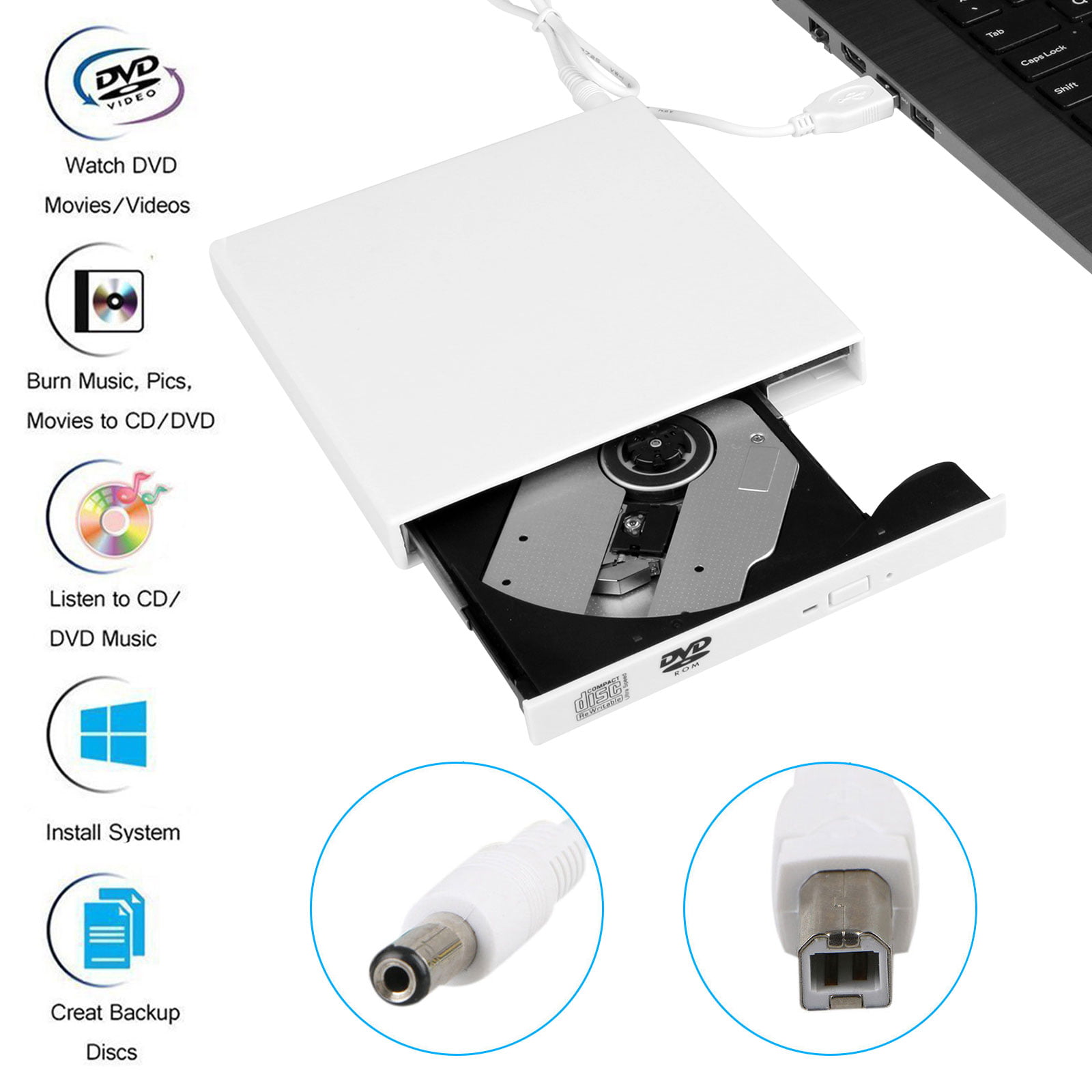

- #External usb for mac install#
- #External usb for mac software#
- #External usb for mac download#
- #External usb for mac free#
- #External usb for mac mac#
The cookie is used to store the user consent for the cookies in the category "Performance". This cookie is set by GDPR Cookie Consent plugin. The cookie is used to store the user consent for the cookies in the category "Other. The cookies is used to store the user consent for the cookies in the category "Necessary". The cookie is set by GDPR cookie consent to record the user consent for the cookies in the category "Functional". The cookie is used to store the user consent for the cookies in the category "Analytics". These cookies ensure basic functionalities and security features of the website, anonymously. Necessary cookies are absolutely essential for the website to function properly. To switch back to your original version of macOS, simply repeat the above steps.
#External usb for mac mac#
Your Mac will now boot into the version of macOS that’s stored on your external drive. When prompted, select your external drive.Hold down your Mac’s ‘Option’ key during startup.Make sure the external drive is attached to your Mac.This version of macOS will now be installed on your external hard drive. Click ‘Show All Disks,’ and then select your external drive.Read the terms and conditions, and if you’re happy to proceed, then click ‘Agree,’ followed by ‘Continue.’.Navigate to the installer that you want to use.
#External usb for mac install#
Once you have the necessary files, you’re ready to install this version of macOS to your external hard drive: Install macOS on your external hard drive
#External usb for mac download#
The easiest workaround, is to try and find another Mac user who’s willing to download the installer for you, as macOS installers aren’t user specific. If you want to run a version of macOS that you haven’t previously downloaded from the App Store, then things are going to get slightly trickier, as you won’t be able to download this version directly from the App Store. This will download the installer to your Mac’s ‘Applications’ folder.
#External usb for mac free#
So, I am leaning towards format the drive as FAT32.In order to install macOS, you’ll need an external drive with at least 12GB of free space. The current MacBook lineup only has Thunderbolt/USB-C ports, but that's OK because USB-C is fast, future-proof, and will likely replace standard USB, HDMI, DisplayPort, power, and more. Is the only limitation of FAT32 that it can't write files larger than 4GB? I don't have any files that large, but I definitely would need to format the volume as 2TB, not 32GB (as I understand that 32TB volume limitation is no longer a problem?). I know that to get exFAT support on the DS, I would have to purchase the exFAT Access package. The Mac can read and write to FAT32 and exFAT, and read only from NTFS drives.
#External usb for mac software#
I know that my particular model of DS supports reading HFS+, but cannot write to HFS+ (although some newer models can).Īccording to this KB article from Synology, the Synology software can only format external drives as ext4 and FAT32. Currently it is a 2TB HDD formatted as HFS+ (Mac format, before APFS). My question is about which file system format to format the drive as. My understanding is that HyperBackup would create a backup that was not readable by plugging the drive into a Mac. I know there are lots of options out there, such as using HyperBackup etc, but I would like to use USB Copy because I would like to be able to plug this external drive into my Mac and have access to all the files that are stored on it (a copy of what is stored on the DS). Currently there are about 380GB of files on the DS. I am going to be using it with a DS215j to backup a 2TB mirrored array using USB Copy.

I am looking for recommendations on what file system format to use for an external USB drive.


 0 kommentar(er)
0 kommentar(er)
